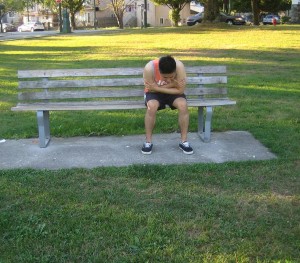If an individual has been wounded by a snake or lizard that is considered poisonous, it is best to call for emergency assistance right away. You should not pause for the symptoms to manifest since they can progress from mild to severe at a quick manner.
In case you do not know the type of snake or lizard that caused the bite, you can take a photo. Just remember not to do this if it will delay the treatment or put someone at risk for more bites. You should not waste any time or take risks trying to kill or capture the snake. You only need to capture a poisonous snake if the chances are good that it might bite others if you will simply let it go.
http://youtu.be/_iF-ByukAf8
Always remember that a snake only administers part of its venom with every bite, thus it can still harm others after the first bite. Do not forget that even if the snake is dead with the head severed off, it can still bite and release venom as a reflex action up to 90 minutes after it has died.
Treatment for snake and lizard bites
The best treatment for snake and lizard bites that are poisonous is to provide the anti-venom. This will help counteract the effects of the poison and can help save the affected limb or even the life of the individual.
The appropriate anti-venom is given as soon as the doctor has given a go signal which is usually within the initial four hours after the bite was sustained. The anti-venom can be effective up to 2 weeks or more after the bite.
Immediate first aid care for snake or lizard bites

If you consider the snake or lizard bite as an emergency, do not hesitate to call for emergency assistance and perform basic first aid. Try to calm the individual and allow him/her to rest quietly. In case you are unsure on the type of snake or lizard that delivered the bite, call the poison control center so that it will be identified and the next step is provided.
You have to remove any jewelry since the affected limb can swell thus making it difficult to remove the jewelry after the swelling has started. You can use a pen to mark the edges of the swelling around the bite site every 15 minutes. This will help the doctor estimate how the venom is travelling in the body.
Treatment options to be avoided
These are the following treatment measures that must be avoided since they will only cause more problems.
- Do not cut the bite site open.
- If you have seen the bite wound being sucked in the movies, it is wrong. Do not suck on the wound or utilize any kind of extraction device.
- Avoid soaking the affected foot or hand in ice water or apply an ice pack. It will only increase the damage to the skin and result to a cold-related injury such as frostbite.
- Avoid using a constriction band such as a bandage or tourniquet on the bite site.
- Do not elevate the affected leg or arm above the head since it will increase the flow of the venom into the bloodstream.
- Instruct the individual to avoid drinking alcohol.
- Do not administer any prescription or over-the-counter medications after a bite is sustained unless instructed by a doctor.
